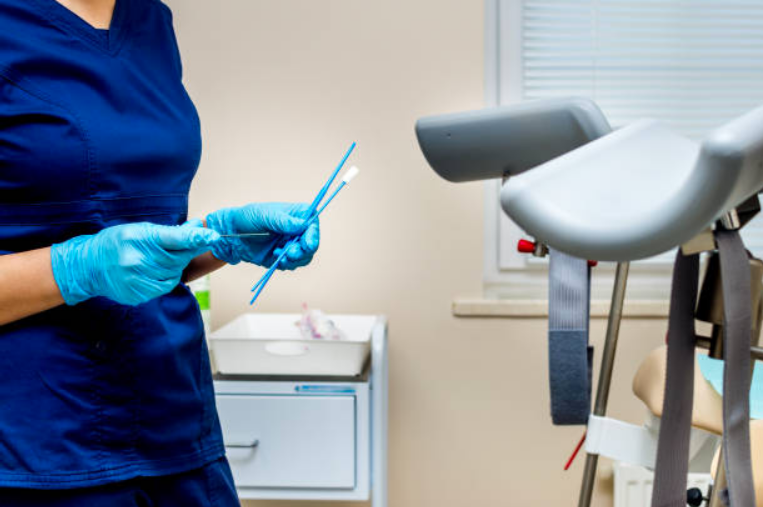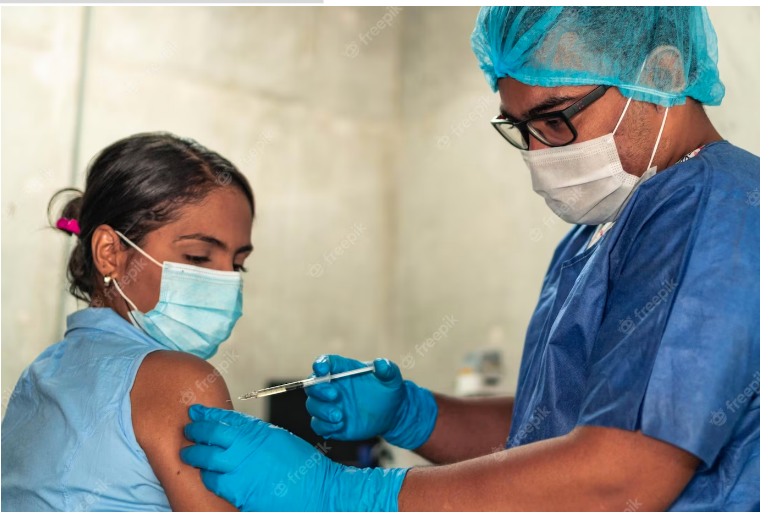- May 9, 2023
- By: admin
- No Comments
You Can Help Eradicate Cervical Cancer. Here’s How
What Is Cervical Cancer
Cervical cancer is the fourth most common cancer affecting women globally. It occurs in the cervix- the lower part of the uterus that connects to the vagina.
Cervical cancer is a rapidly growing public health concern, particularly for women living with HIV, who are six times more likely to develop cervical cancer than their counterparts. Various strains of the human papillomavirus (HPV), a sexually transmitted infection, play a role in causing most cervical cancer. When exposed to HPV, the body’s immune system prevents the virus from harming. However, occasionally the virus survives for years, contributing to the process that causes some cervical cells to become cancer cells.
India accounts for the highest number of cases in Asia at 21%, followed by China at 18%. According to a recent study, out of the 40% of deaths due to cervical cancer,23% occur in India and 17% in China. These are alarming statistics, and we must take steps to eradicate cervical cancer.
Risk factors
Understanding the risk factors is the first step toward eradicating cervical cancer. HPV is the most significant risk for cervical cancer. Other factors that can also increase your risk include HIV, Chlamydia, smoking, obesity.,family history, nutritionally poor diet, taking birth control pills, having three full-term pregnancies, and being younger than 17 when first pregnant.
Symptoms Of Cervical Cancer
Early-stage cervical cancer generally produces no signs or symptoms and is apparent only in the advanced stages.
- Senior Consultant Infectious Disease & Tropical Medicine SMF Hospitals, Chennai
- Unusual bleeding, like in between periods, after sex, or after menopause
- Vaginal discharge that looks or smells different than usual
- Pain in the pelvis
- Needing to urinate more often
Awareness and knowledge of symptoms are vital steps to eradicating cervical cancer.
Causes of cervical cancer
Out of the 100 strains of HPV, only certain types cause cervical cancer. The two types that most commonly cause cancer are HPV-16 and HPV-18. Most people will get HPV eventually and not realise it because their bodies fight the infection. Your immune system eliminates most HPV infections, often within two years. However, if your body doesn’t fight the condition, it can cause the cells of your cervix to change to cancerous cells.
Detection

Pap Smear is a test that doctors use to diagnose cervical cancer. Your doctor collects a sample of cells from the surface of your cervix and sends them to the lab to be tested. An abnormal Pap smear result indicates you have precancerous cells in your cervix. If changes are found, your doctor may suggest a colposcopy to examine your cervix. During this test, your doctor might take a biopsy, a sample of cervical cells.
The recommended schedule for screening is based on age:
The recommended schedule for screening is based on age:
- Ages 21 to 29: Get a Pap smear once every three years.
- Ages 30 to 65: Get a Pap smear once every three years, get a high-risk HPV (hrHPV) test every five years, or get a Pap smear plus hrHPV tests every five years.
Cervical cancer stages
After you’ve been diagnosed, your doctor will assign your cancer a stage that tells whether the cancer has spread and can help the doctor find the proper treatment for you.
Cervical cancer has four stages:
- Stage 1: Cancer is small. It may have spread to the lymph nodes but not to other parts of your body.
- Stage 2: Cancer is more extensive. It may have spread outside the uterus and cervix or to the lymph nodes. However, it still hasn’t reached other parts of your body.
- Stage 3: Cancer has spread to the lower part of the vagina or the pelvis. It may block the ureters, the tubes that carry urine from the kidneys to the bladder. It hasn’t spread to other parts of your body.
- Stage 4: Cancer may have spread outside the pelvis to organs like your lungs, bones, or liver.
Cervical cancer treatment
Cervical cancer is very treatable if detected early. The four main treatments are
- Surgery
- Radiation therapy
- Chemotherapy
- Targeted therapy
Cervical Cancer Prevention

One of the easiest ways to prevent cervical cancer is by getting screened regularly with a Pap smear or hrHPV test. Screening picks up precancerous cells to be treated before becoming cancer.
HPV infection causes most cervical cancer cases. The infection is preventable with vaccination, which is most effective during adolescence before a person becomes sexually active. Both boys and girls can be vaccinated against HPV.
Here are a few other ways you can reduce your risk of HPV and cervical cancer:
- Limit the number of sexual partners you have
- Always use a condom or other barrier method when you have vaginal, oral, or anal sex

Awareness among the public, vaccination at the right age, regular screening by Pap Smear tests, and good nutrition will undoubtedly go a long way in eradicating cervical cancer. For more information, please visit Sundaram Medical Foundation.
